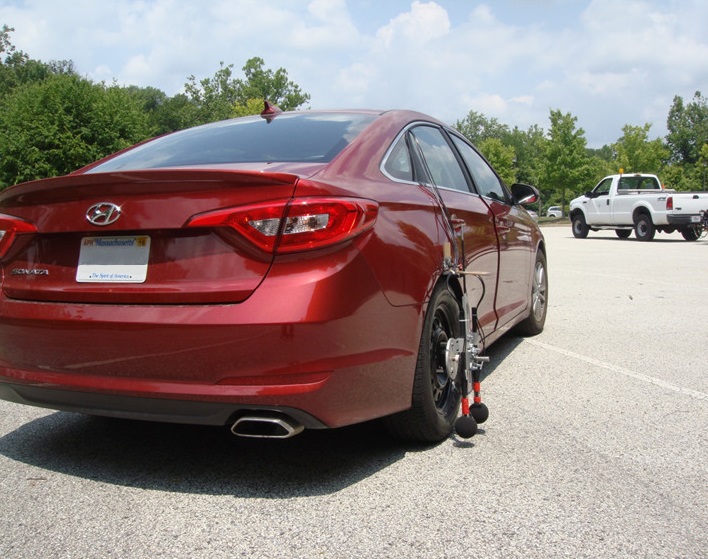Quieter Pavements
The National Park Service has 5,500 miles of publicly accessible paved roads in the national parks, and noise due to vehicles traveling on these roads is a significant contributor to anthropogenic noise in the parks. In many cases, emissions can be reduced by utilizing pavement wearing courses that are designed to help reduce noise, since the road-tire interface is the primary source of noise emitted by automobiles at speeds greater than approximately 20 miles per hour.
Quieter pavements have been successfully utilized in many highway projects; however, implementation of a quieter pavement program in the parks involves several unique challenges, including rugged environmental conditions, maintenance practices, and accessibility to quieter pavement materials.
Volpe is providing assistance to help determine best practices for implementing quieter pavement programs in the parks. This assistance is focused on quantifying noise reduction potential for existing pavements and benefits of various pavements and surface treatments through measurements and noise prediction modeling.

